Abdullah M. Alqahtani
Energy Efficient VM Placement in a Heterogeneous Fog Computing Architecture
Mar 27, 2022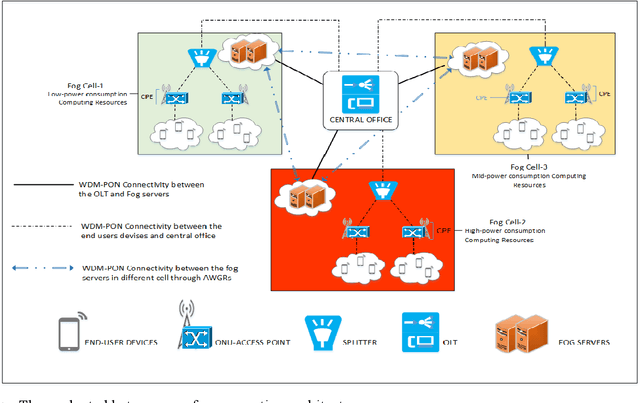
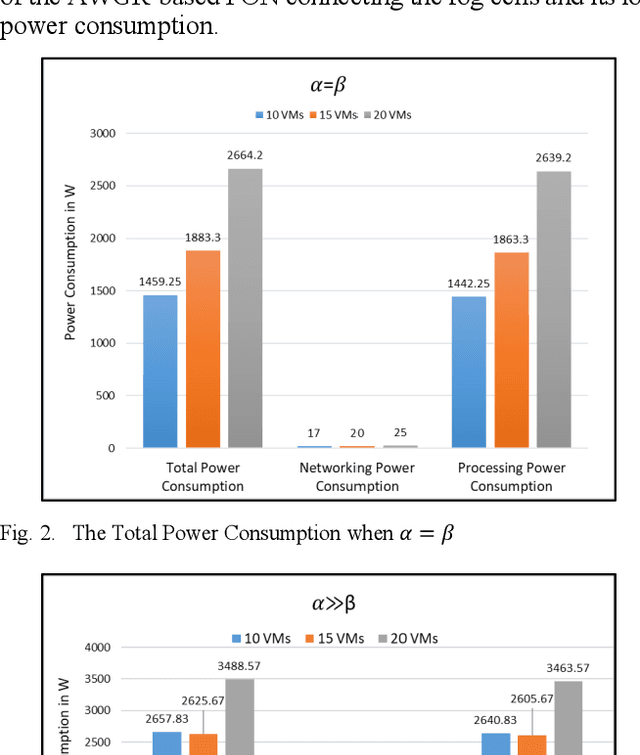
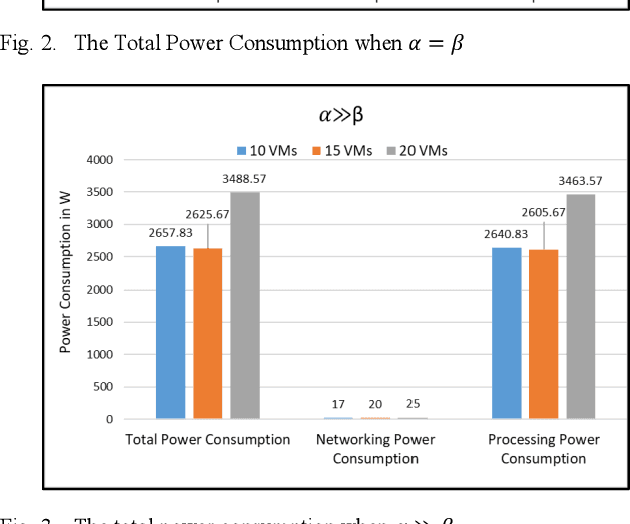
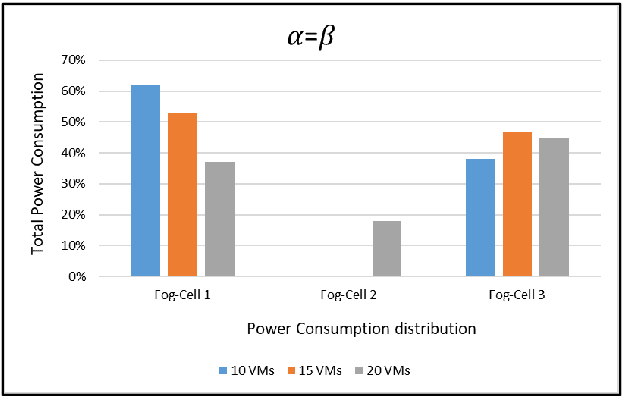
Abstract:Recent years have witnessed a remarkable development in communication and computing systems, mainly driven by the increasing demands of data and processing intensive applications such as virtual reality, M2M, connected vehicles, IoT services, to name a few. Massive amounts of data will be collected by various mobile and fixed terminals that will need to be processed in order to extract knowledge from the data. Traditionally, a centralized approach is taken for processing the collected data using large data centers connected to a core network. However, due to the scale of the Internet-connected things, transporting raw data all the way to the core network is costly in terms of the power consumption, delay, and privacy. This has compelled researchers to propose different decentralized computing paradigms such as fog computing to process collected data at the network edge close to the terminals and users. In this paper, we study, in a Passive Optical Network (PON)-based collaborative-fog computing system, the impact of the heterogeneity of the fog units capacity and energy-efficiency on the overall energy-efficiency of the fog system. We optimized the virtual machine (VM) placement in this fog system with three fog cells and formulated the problem as a mixed integer linear programming (MILP) optimization model with the objective of minimizing the networking and processing power consumption of the fog system. The results indicate that in our proposed architecture, the processing power consumption is the crucial element to achieve energy efficient VMs placement.
Energy Efficient Resource Allocation in Federated Fog Computing Networks
Oct 28, 2021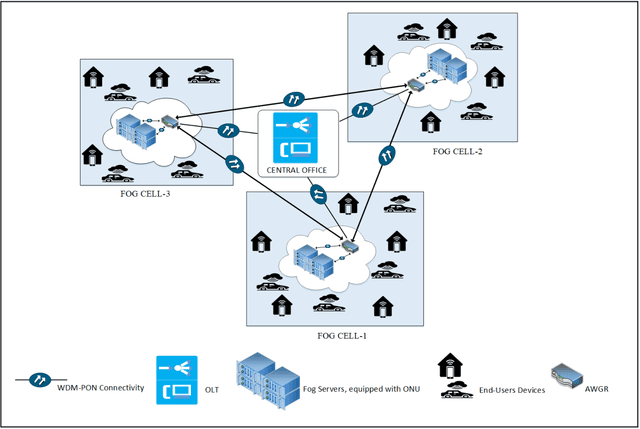
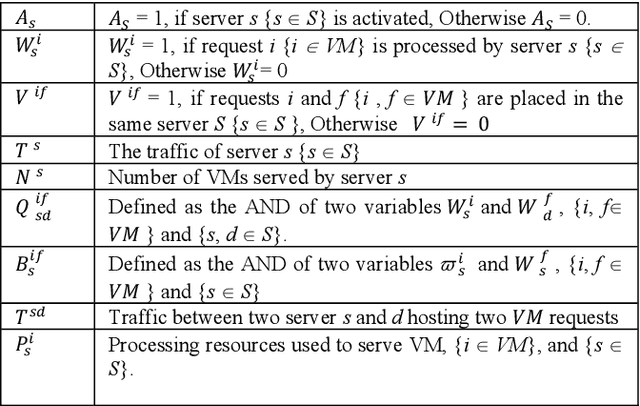
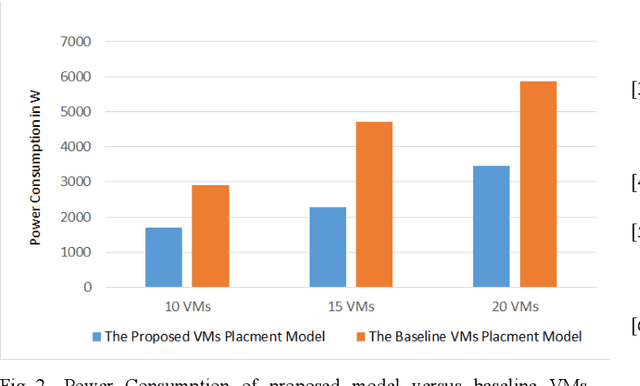
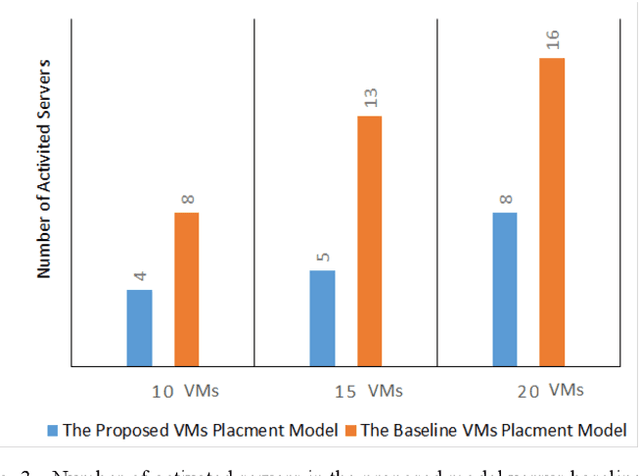
Abstract:There is a continuous growth in demand for time sensitive applications which has shifted the cloud paradigm from a centralized computing architecture towards distributed heterogeneous computing platforms where resources located at the edge of the network are used to provide cloud-like services. This paradigm is widely known as fog computing. Virtual machines (VMs) have been widely utilized in both paradigms to enhance the network scalability, improve resource utilization, and energy efficiency. Moreover, Passive Optical Networks (PONs) are a technology suited to handling the enormous volumes of data generated in the access network due to their energy efficiency and large bandwidth. In this paper, we utilize a PON to provide the connectivity between multiple distributed fog units to achieve federated (i.e. cooperative) computing units in the access network to serve intensive demands. We propose a mixed integer linear program (MILP) to optimize the VM placement in the federated fog computing units with the objective of minimizing the total power consumption while considering inter-VM traffic. The results show a significant power saving as a result of the proposed optimization model by up to 52%, in the VM-allocation compared to a baseline approach that allocates the VM requests while neglecting the power consumption and inter-VMs traffic in the optimization framework.
Energy Minimized Federated Fog Computing over Passive Optical Networks
May 21, 2021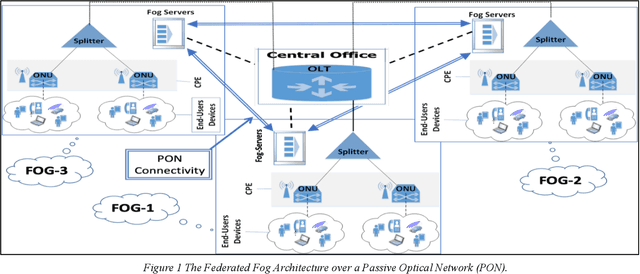
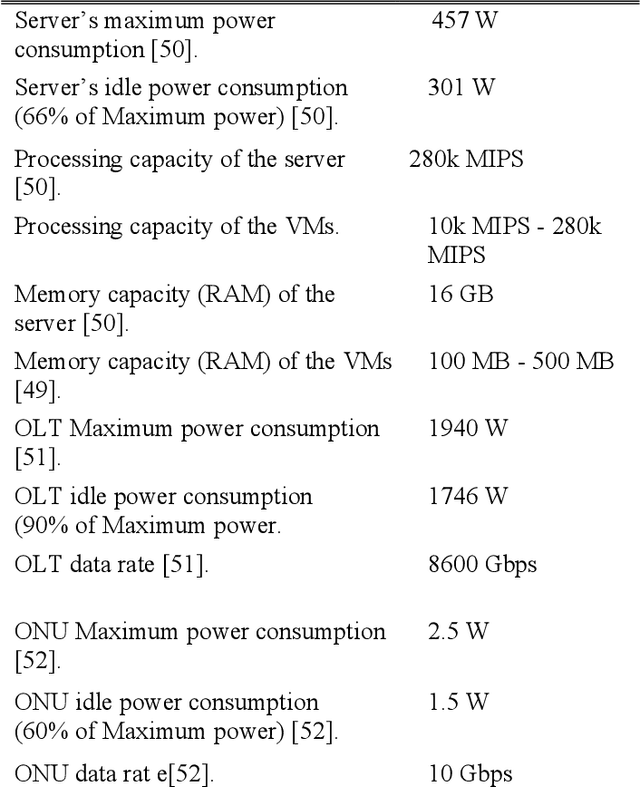
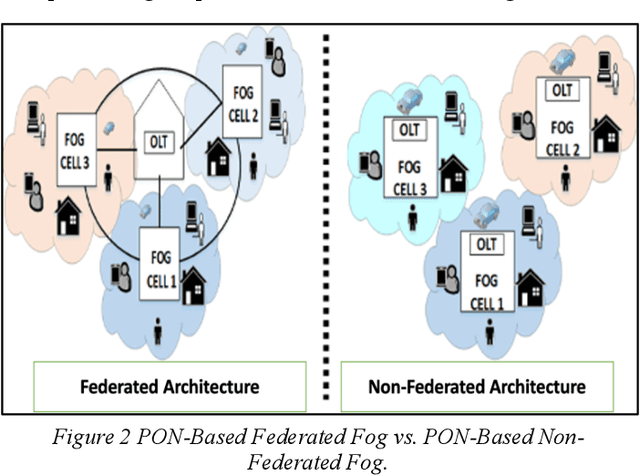
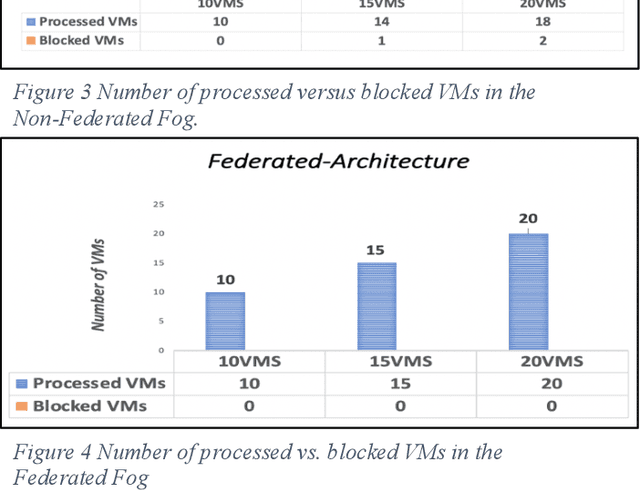
Abstract:The rapid growth of time-sensitive applications and services has driven enhancements to computing infrastructures. The main challenge that needs addressing for these applications is the optimal placement of the end-users demands to reduce the total power consumption and delay. One of the widely adopted paradigms to address such a challenge is fog computing. Placing fog units close to end-users at the edge of the network can help mitigate some of the latency and energy efficiency issues. Compared to the traditional hyperscale cloud data centres, fog computing units are constrained by computational power, hence, the capacity of fog units plays a critical role in meeting the stringent demands of the end-users due to intensive processing workloads. In this paper, we aim to optimize the placement of virtual machines (VMs) demands originating from end-users in a fog computing setting by formulating a Mixed Integer Linear Programming (MILP) model to minimize the total power consumption through the use of a federated architecture made up of multiple distributed fog cells. The obtained results show an increase in processing capacity in the fog layer and a reduction in the power consumption by up to 26% compared to the Non-Federated fogs network.
 Add to Chrome
Add to Chrome Add to Firefox
Add to Firefox Add to Edge
Add to Edge